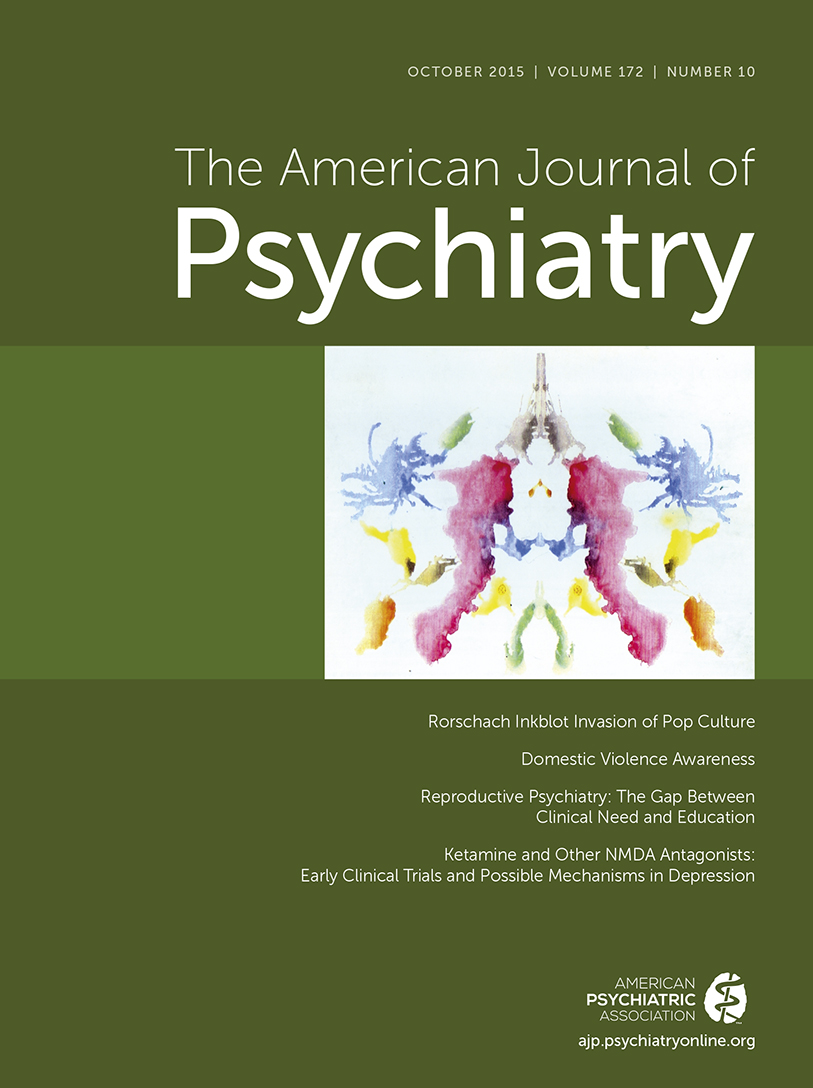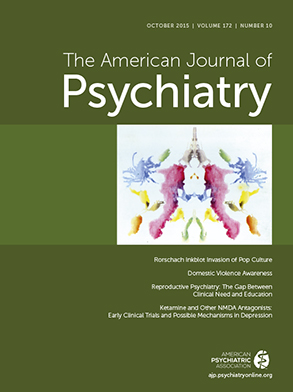Mimi Nichter’s book Lighting Up: The Rise of Social Smoking on College Campuses presents a unique view of smoking on college campuses. Dr. Nichter is a medical anthropologist who in her analysis of human behaviors literally listens to the voices of young adults. In this way she is able to see smoking from a day-to-day perspective in the life of a young person on campus. This point of view allows her to explore smoking in a more contextual dimension, even considering the extent to which college life fosters and sustains smoking behavior. Her analysis draws on a social-ecology-of-health model with particular focus on factors such as environments that facilitate risk taking, symbolism of cigarettes with regard to identity and gender, and co-substance use patterns.
Smoking among college students has been somewhat of an enigma for the field. Smoking in the United States has for decades been associated with lower socioeconomic status, lower income, and lower education levels. Smoking rates are highest for young adults who do not go to college, and most smoking starts before age 18. However, recent studies indicate that 20% of smokers may start after age 18 and that it is increasingly common that this happens during the freshman year of college. Unfortunately, many of these students will still be smoking by senior year. Perhaps like adolescence itself, smoking behaviors in these groups are changing, and not always in predictable ways. One of the nicest aspects of this book is the juxtaposition of the seemingly contrary beliefs and behaviors shared by young people who tell their smoking stories to the author. This is a perspective on smoking that has not been previously explored.
One of these paradoxes is that nearly half of college students who smoke do not self-identify as “smokers.” The image of a smoker varies from one who buys cigarettes to one who smokes alone because he or she really needs to. A shared belief by many is that smoking cigarettes is part of usual partying that will be easy to stop by graduation. All students seem to have ample knowledge about the harms of tobacco-related disease but seem to distance this intellectually from current behaviors as a long-term risk. Clearly, drinking alcohol facilitates a great deal of college smoking, and many students endorse “social smoking,” which is strongly associated with binge drinking. Not surprisingly, some smoking behavior by youth is characterized as rebellion. At a party, cigarettes function as “props that signal to others that the user is not afraid to engage in risk taking” (p. 98).
Ironically, many of these smokers endorse negative views about smoking and people who smoke, which are perhaps related to the identity experimentation of adolescence. Nichter characterizes this hypocrisy effectively, that playing a smoker is okay while being a smoker is not. Dating a smoker is viewed negatively, and nonsmokers are respected by their peers. Most shocking was the anecdote that sorority girls are discouraged from smoking while wearing their Greek letters. Women in particular seem to be viewed more negatively when smoking or seen as smokers whereas men are described as manly by their peers.
The last few chapters examine the slippery slope of continued tobacco use and risk for dependence. This remains an elusive area full of complexity. There are no clear conclusions about who is at risk, which is a bit frustrating to the reader. Indeed, the message may be that all are at risk because current theories suggest that dependence is a dynamic and emergent process that varies with time and situation. Multiple motivating influences are involved, and the process is highly individualized. Paired with this is that nearly all young people involved in this book felt that it could not happen to them and that they were in control of their smoking and would be able to stop when they entered the “real world.” Nichter reminds us that a hallmark of dependency is that substance use occurs in more and varied contexts. We see in young people how party smoking often escalates to smoking in the context of stress and exams, during periods of boredom, and in conjunction with relationships. In contrast to younger students who were confident about quitting before graduation, interviews with senior students reveal more ambivalence, as they are dealing with the uncertainty of their futures.
The book includes a brief section on emerging tobacco products, including electronic cigarettes and hookah. Similar to adults, these young people believe that electronic cigarettes are an appealing alternative to combustible cigarettes that can be used indoors or used to quit smoking. Hookah bars can be found on nearly every college campus these days and are believed by young people to be a safer alternative to smoking due to dilution in water. Both products carry risk, and much of the risk is unknown and needs further study. One of the concerns is that these products will introduce more young people to traditional, combustible cigarettes, although this, too, is still unknown. Indeed, entire chapters could be dedicated to rapidly rising trends on campus, such as hookah use, but this was not the focus of the original research projects that informed the book.
In summary, this is an insightful and multifaceted examination of cigarette smoking among college students. Some public health messages, such as ones explaining health consequences of smoking, are being effectively disseminated to young people, but others, about the vulnerability and variability in developing tobacco dependence, are not. Binge smoking and binge drinking are very common parts of the college experience. As a parent of a college student, I can only wonder if perhaps our children would be better served with robust education on the nature of drug addiction. College health services should also consider ways to increase access to tobacco screening and early intervention. Further study of the factors leading to dependence in young people seems critical.

